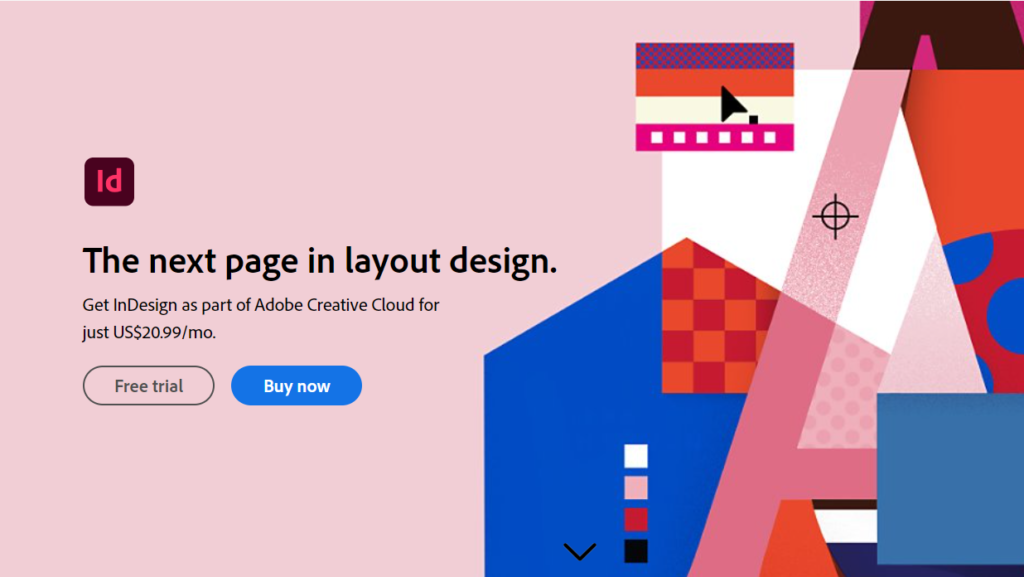Are you still making your portfolio or presentation boards with Photoshop? It’s time to get Adobe Indesign a shot! Indesign is used for many different professions, not just architecture. It’s a desktop publishing and typesetting software to make posters, brochures, books; the options are limitless when it comes to layout design. As design professionals, we typically use this software to compile our materials for a presentation board, conceptually layout a presentation, or make our portfolio.
If you haven’t already used this software, here is a beginner’s guide to InDesign!
Creating Pages
Every time you open InDesign, it will ask what type of document you’d like to work on. Make sure to plan the type of document you are going to making! InDesign has most, if not all, standard sizes that work across multiple platforms.
Ask yourself;
- Will this be printed?
- Will this be on screen?
- Spreads or Pages?
- The number of columns?
- Margins?
- Etc.
These are important questions that will optimize your workflow, but you can make adjustments as needed when you begin to flesh out the document! InDesign’s interface allows you to preview and see your pages on the left side of the screen.
Texts
Within InDesign, texts are contained inside frames. Adobe designed that it will automatically change lines and hyphenate your text as you flex these boxes.
As you get more advanced, you can play with how text boxes interact with each other, text customization, text layout, and more! Let’s not forget the multitude of fonts available to you. Consider checking out Adobe Fonts!
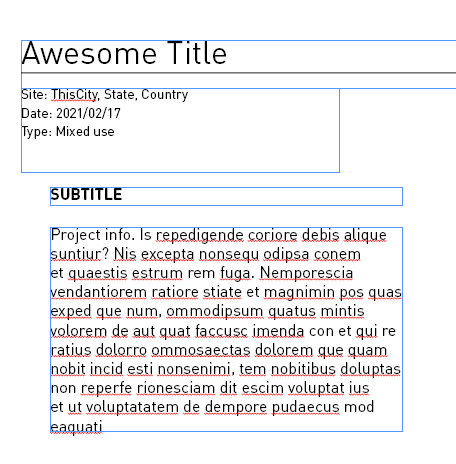
Placing Images
Placing images can be a confusing aspect for a lot of beginners. Similar to text elements, images are also contained in their own frames. Transforming frames allows you to crop and place images on your screen quickly. If you want to transform the image itself, make sure to hold the “ctrl/cmd” key as you drag one of the vertices in the free-transform box.
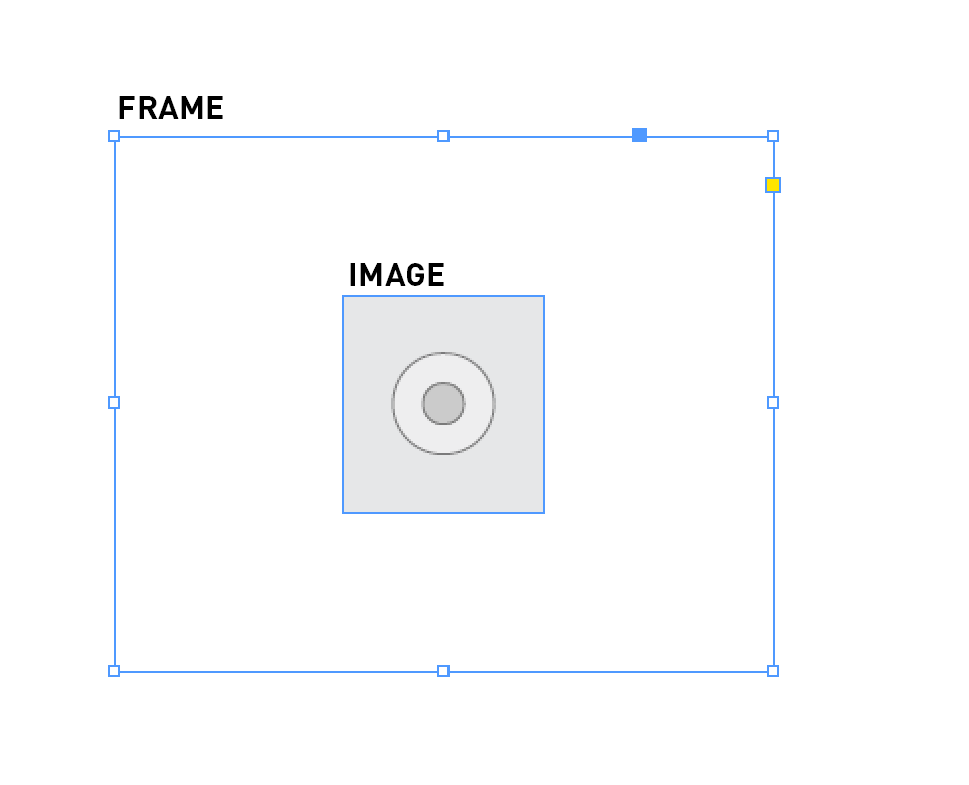
Setting Up Your Grids
This is a must-use tool on InDesign because the grids will help you align objects across pages and throughout the documents (as you’ll see in the image below). There are two ways to set up grids on a document; one is going to the “view” ribbon > click on “grids and guides,” while the other is simply clicking on the ruler in the work window > dragging a guide down or over. We recommend going through the “grids and guides” tab because it appears on all pages versus the other option.
Makes sure to establish a grid system early on and stick to it! This creates a visual pattern for your audiences so they know where to look next.
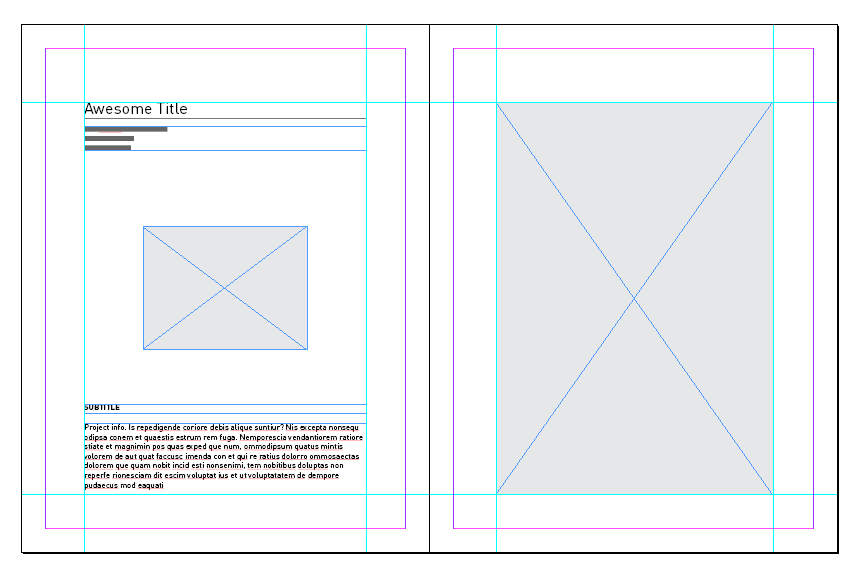
Master Pages
Tired of repeating the same thing on each page? Utilize the Master Pages option on InDesign. These pages are sort of like templates that you can apply to your document; try creating one for every page, like a title page, which you see below. When adding new pages, a window will pop-up asking what type of master pages you’d like to apply, so make sure you choose the correct one. If something happens, you can simply go to the window with all the pages, right-click, and change the master page type.

Adding Page Numbers
Speaking of master pages, it’s a perfect place to put the page number element! InDesign provides a convenient special character that adapts to the current page the master page is applied to. Go To Type > Insert Special Character > Markers > Current Page Number.
Page numbers will help your audience keep track of what they are looking at, especially when you have a table of contents.
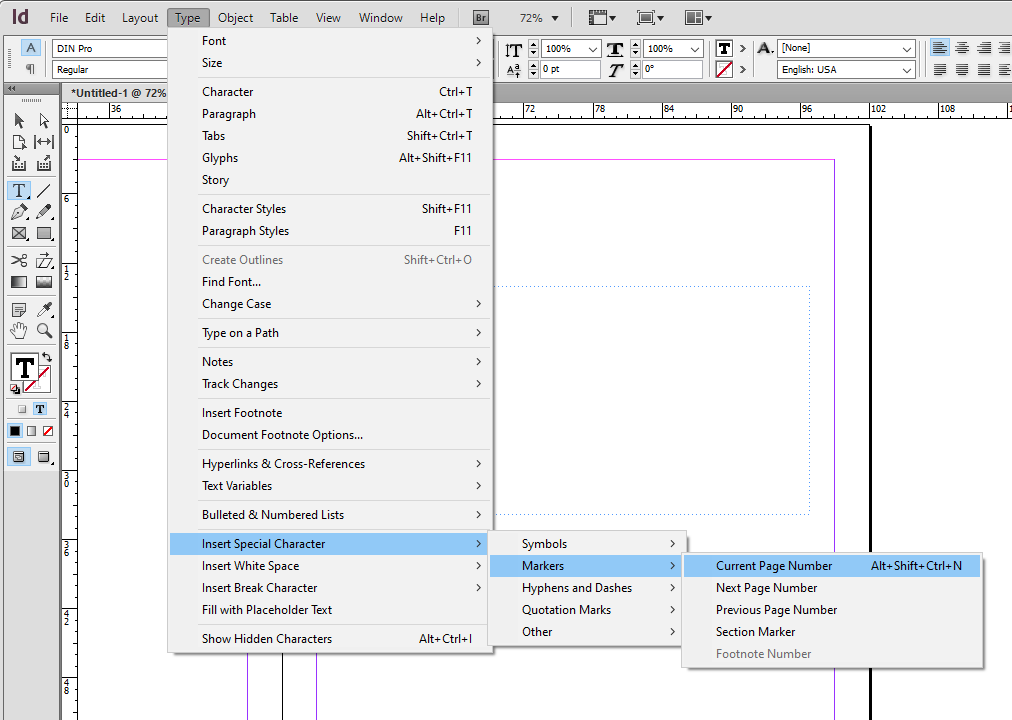
We hope this guide starts an initial understanding of InDesign! As you begin to work more in InDesign, you’ll get a better sense of layout! If you have been using InDesign for a while but still aren’t confident in your layout for your portfolio, then maybe you’d like to consider our 1:1 review. Our excellent team of designers provides constructive feedback and facilitates ways to heighten your portfolio at any level within your architectural career.
Sharing is caring! We hope to provide you with valuable insights and share them with someone who might find this useful. Make sure to follow our Youtube and Instagram for more content!
